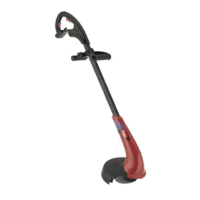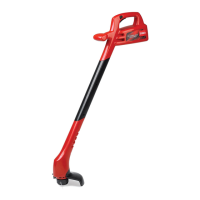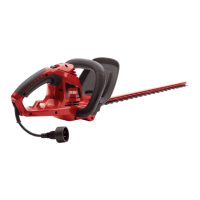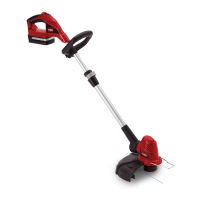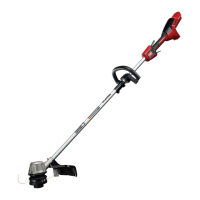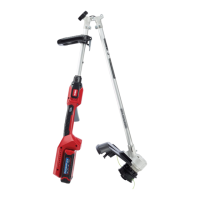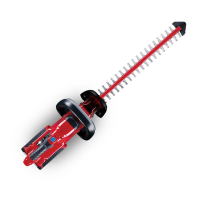Engine Operation (cont‘d)
EXHAUST
Figure
79
4.
The upward movement of the piston builds
pressure (compression) in the combustion
chamber. See Fig. 80.
VACUUM
HIGH
PRESSURE
Figure 80
5.
The lower skirt of the piston rises above the
intake port and allows afresh air/fuel mixture
to be drawn into the lower crankcase. See
Fig. 81.
AIR/FUEL
MIXTURE
LOWER CRANKCASE
Figure 81
6.
The spark plug fires before the piston
reaches the top of its stroke. This sets off
combustion of the air/fuel mixture sealed in
the combustion chamber.
Note that the piston continues its upward
movement even after the plug has fired. This
“post combustion compression” continues
until the piston reaches top dead center and
results in a more complete burn. See Fig. 82.
I
Figure 82
7.
The piston then begins its downward stroke.
As
this occurs, pressure begins to build in the
lower crankcase. See Fig. 83.
33
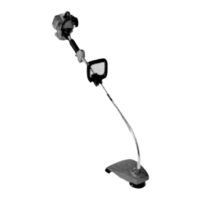
